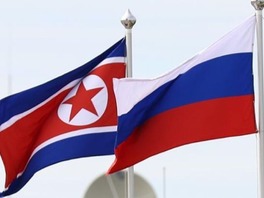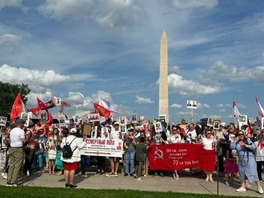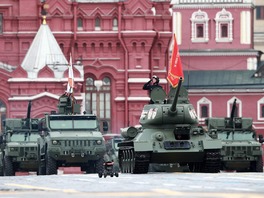North Korea fired two ballistic missiles across its east coast, its first test with such missiles in six months and a fresh breach of UN resolutions.
The tests came as South Korea and China discussed the North's nuclear issue.Hours later South Korea tested its first submarine-launched ballistic missile, highlighting an arms race on the peninsula.
The test of the missile known as SLBM was pre-planned and not in reaction to the North's latest launches. It makes South Korea the seventh country in the world with such technology.
President Moon Jae-in, who attended the test, said South Korea now had "sufficient deterrence to respond to North Korea's provocations at any time", urging the South to continue increasing its weapons programmes to "overwhelm North Korea's asymmetric power".
The comments were criticized by Kim Yo Jong, sister of North Korean leader Kim Jong Un, who described them as illogical and regrettable, warning that they could lead to a breakdown in ties, state news agency KCNA reported.
In North Korea's test, the short-range missiles flew around 800km (500 miles) at a maximum altitude of 60km, South Korea's Joint Chiefs of Staff (JCS) said.
They were launched from central inland areas of the country, and flew east towards the Sea of Japan, also known as the East Sea, the JCS added. South Korea and the US were conducting analysis to determine which type of missile was used.
The Japanese defence minister said later the missiles had landed inside Japan's exclusive economic zone.
Japanese Prime Minister Yoshihide Suga called the North Korean launch "outrageous" while the US said it posed a threat to the neighbours and the international community.
The recent launches show North Korea has continued to develop its weapons despite a severe economic crisis. Experts say Pyongyang carries out such tests to improve its technology while trying to increase its leverage in negotiations with Washington.






